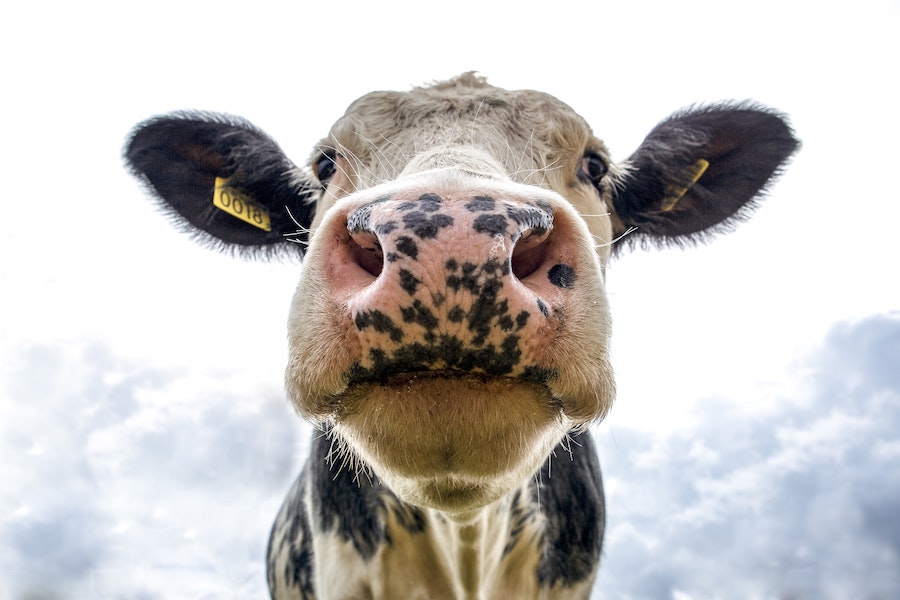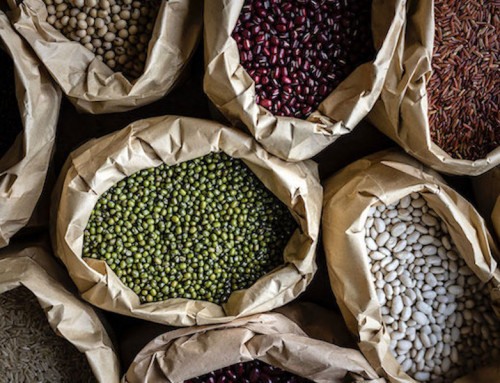Most meat eaters refer to dinner in terms of meat; “Having lamb roast/ chicken / steak/ hamburger”.
Generally salads, vegetables and grains are not considered to be the core of the meal, but rather “sides”.
However, we can shift the focus shifts to the grain, think millet, rice, teff, quinoa, wheat pasta, couscous, bourgal, barley, the legume, such as chick peas, butter beans, lentils, the vegetable, like cauliflower, eggplant, cassava, or the funghi, consider field mushrooms, portabello, shittake.
Placing other food groups in the spotlight, means that meat can be a tasty condiment, garnish or sprinkle, instead of it taking the lead role.
Carnivore approaches to reduced meat consumption can include:
- Stir-fried diverse vegetables, thinly sliced marinated beef with toasted seeds
- Chickpea curry with water chestnuts, broccoli and thinly sliced of chicken
- Yam, pumpkin and cauliflower red curry with lamb chunks
- Vegetable based soup with bacon sprinkled on top
- Carbonara pasta with specks of smoked ham
Or, instead of “Meat-free Mondays”, what if we shift to “Meat Mondays” and leave the rest of the week as meat free?
According to the Planetary Health Diet (2019) 1kg of beef releases equivalent to 13.3kg of Carbon Dioxide. This 1:13.3 ratio does not account for methane emissions, which contribute to warming further. This means that eating meat is exceptionally costly environmentally.
Eating less red meat is the best thing we can do each day to reduce global warming.
Individual Health Impacts:
Meat as a condiment helps digestion: Meats are complex foods that require more energy to digest and are low in fibre, which slows down gut transit time. This means it takes longer to move through the gastrointestinal tract. When we consume more plant-derived, fibre-rich foods, bowel motions can become healthier and more satisfying.
Our interior become less acidic and inflammatory: Meat is high in protein, the digestion of which nudges the body’s pH towards slightly more acidic. Also, meat consumption generally means higher levels of arachidonic acid (AA), a fatty acid recognised as pro-inflammatory. These two characteristics of meat mean that eating lots of it creates an internal environment that is more acidic and prone to inflammation, which increases the risk of common chronic diseases, like cardiovascular disease, arthritis and cancer.
The good news is that when meat is a condiment and we swap in more plant foods (including nuts and seeds), the pH is in range more towards alkaline due to the mineral rich content of plant foods, plus the lowered ratio of proinflammatory fats to anti-inflammatory fats leads to a fatty acid balance that reduces inflammatory potential. These lead to lowered risk of chronic disease development.
Planetary Health Impacts:
Treatment of animals: Large scale animal production methods often treat the animals poorly; crowded conditions, lack of social connections, and unnatural life spans. When we reduce our meat consumption, we can select better quality meats to encourage respectful animal husbandry.
Land clearing: Throughout the world forests being cleared for cattle to graze or to grow monocultures to feed cattle. Currently 2/3 of soy, maize and barley and 1/3 of other grains grown in the world are to feed cattle (Planetary Health Diet 2019). These grains are grown through broad acre agricultural practices (more about their impact later).
When we take a systems view:
Less meat consumption means less market demand, which means lower prices which means less production incentive, which means less land clearing, less soil erosion and less toxic agrichemical pollution, and more forests and wilderness left for more diversity of species and more trees left to grow leads to more carbon storage and sequestration. We know this is a crucial action point, given in May 2020 UN Intergovernmental Science-Policy Platform on Biodiversity and Ecosystem Services (IPBES) showed how the health of our eco system that we all rely on is deteriorating rapidly.
Rejuvenate your Health at Sparkle Well School
Sparkle Well School delivers step-by-step, effective and safe, health optimisation processes to provide empowerment and insights into fresh and regenerative ways of living.










